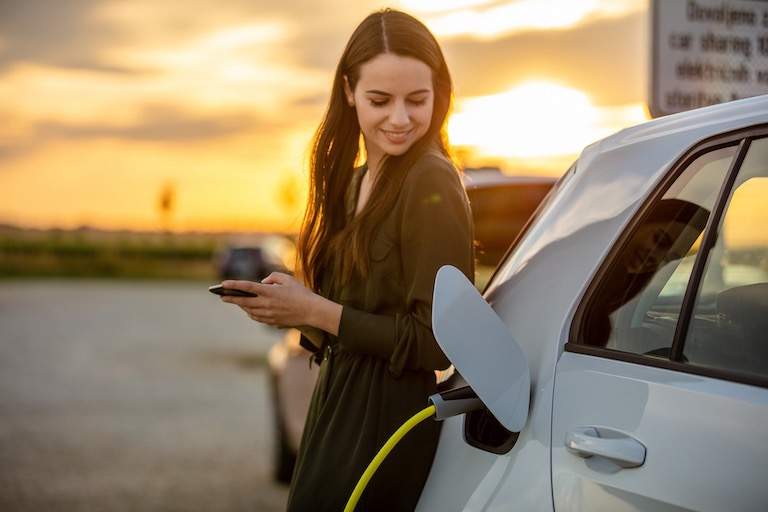
Mazda 6e MPS: high-performance EV sedan could spark an MPS revival
Mazda executives admit they’d ‘love’ a hot MPS version of the incoming 6e – and Chinese EV tech could make it a realityThe News
As Mazda Australia prepares to launch its new 6e electric sedan in mid-2026, executives have revealed there's an appetite within the company for a high-performance all-electric variant – and it could revive the stove-hot MPS badge.
The Key Details
- Mazda 6e set for Australian launch in mid-2026
- Executives are open to reviving MPS performance badge
- Dual-motor AWD setup could be on the cards
- Mazda’s partnership with Changan provides access to advanced EV tech
- There is potential for a pulse-pounding ‘zoom zoom’ MPS revival in the electric era
The Finer Details
Mazda Australia decision-makers have confessed they’d love to see a high-performance MPS version of the upcoming 6e electric sedan, set to launch locally in mid-2026. The technology to make it happen may already be available through the brand’s Chinese partnership.
When asked about the possibility of leveraging the legendary MPS (or Mazdaspeed) nameplates for the electric vehicle (EV) era, Mazda Australia Managing Director Vinesh Bhindi couldn’t hide his enthusiasm for the idea.
“The four of us would love one,” he said on behalf of the Mazda Australia senior leadership team during discussions with carsales.
The standard Mazda 6e destined for Australia is propelled by single rear-mounted electric motor (190kW/380Nm) and a 78kWh lithium iron phosphate (LFP) battery, offering more than 500km of driving range.
Adding a front-motor for all-wheel drive (AWD) system, along with adaptive dampers and sharper software tuning, could result in a compelling driver’s car that stays true Mazda’s traditional focus on engagement behind the wheel.
“The desire and the want is always there,” said Mr Bhindi, referring to a high-performance flagship sedan akin to the Tesla Model Y Performance. However, he cautioned that “it has to be an option to start off with.”
The beauty of electric powertrains is that creating performance variants is significantly easier and more cost-effective than developing high-output combustion engines, which involve more moving parts and require more engineering resource to develop.
As such, a Mazda 6e MPS sports sedan could take shape relatively quickly by integrating a more powerful rear motor – or potentially dual e-motors.



Add active dampers and more aggressive aerodynamic styling to the recipe and it could transform the rear-drive Mazda 6e into something special – rekindling the ‘zoom zoom’ spirit Mazda is known for.
When asked whether the ease of EV upgrades – such as more powerful e-motors and software changes – could make a hot Mazda 6e viable, Mr Bhindi reflected on the business reality, noting that performance vehicles “do not appear to be the main driver in that eight or nine per cent currently purchasing [EVs],” he said.
However, Mr Bhindi didn’t rule out the possibility altogether, suggesting timing might be key.
“But at some point, that potentially is a reality for the industry and I’m sure we’ll consider options in that [high performance] field.”

The Road Ahead
Australia has historically been a strong market for high-performance models, with brands like Mercedes-AMG, Hyundai N, Toyota GR and BMW M seeing disproportionately high take-up rates compared to other markets.
When asked whether the ease of EV upgrades – such as more powerful electric motors and software changes – could make a Mazda 6e MPS, or even an EZ-60 MPS SUV, a viable addition to Mazda showrooms, Mr Bhindi wholeheartedly agreed. However, he added a couple of caveats:
“Just a correction – they won’t say firepower. They might say more energy, more warp speed,” he laughed.
With Chinese EV manufacturers demonstrating their ability to produce fast and affordable electric vehicles, and Mazda’s 20-year partnership with Chinese automotive giant Changan providing access to cutting-edge EV powertrains, the technical barriers to a 6e MPS appear minimal.
Whether Mazda Australia’s desire for a high-performance 6e becomes a showroom reality will likely depend on customer response to the standard 6e electric sedan, which is due to arrive in the second quarter of 2026.
And whether enough buyers demand a little extra “warp speed” with their Mazda badge.
Lead image generated by AI
Related: Mazda 6e not a reskinned Chinese car, says exec
Related: 2026 Mazda 6e confirmed for Australia
Related: Mazda 6e electric sedan under study for Australia


Please see our Editorial Guidelines & Code of Ethics (including for more information about sponsored content and paid events). The information published on this website is of a general nature only and doesn’t consider your particular circumstances or needs.

















